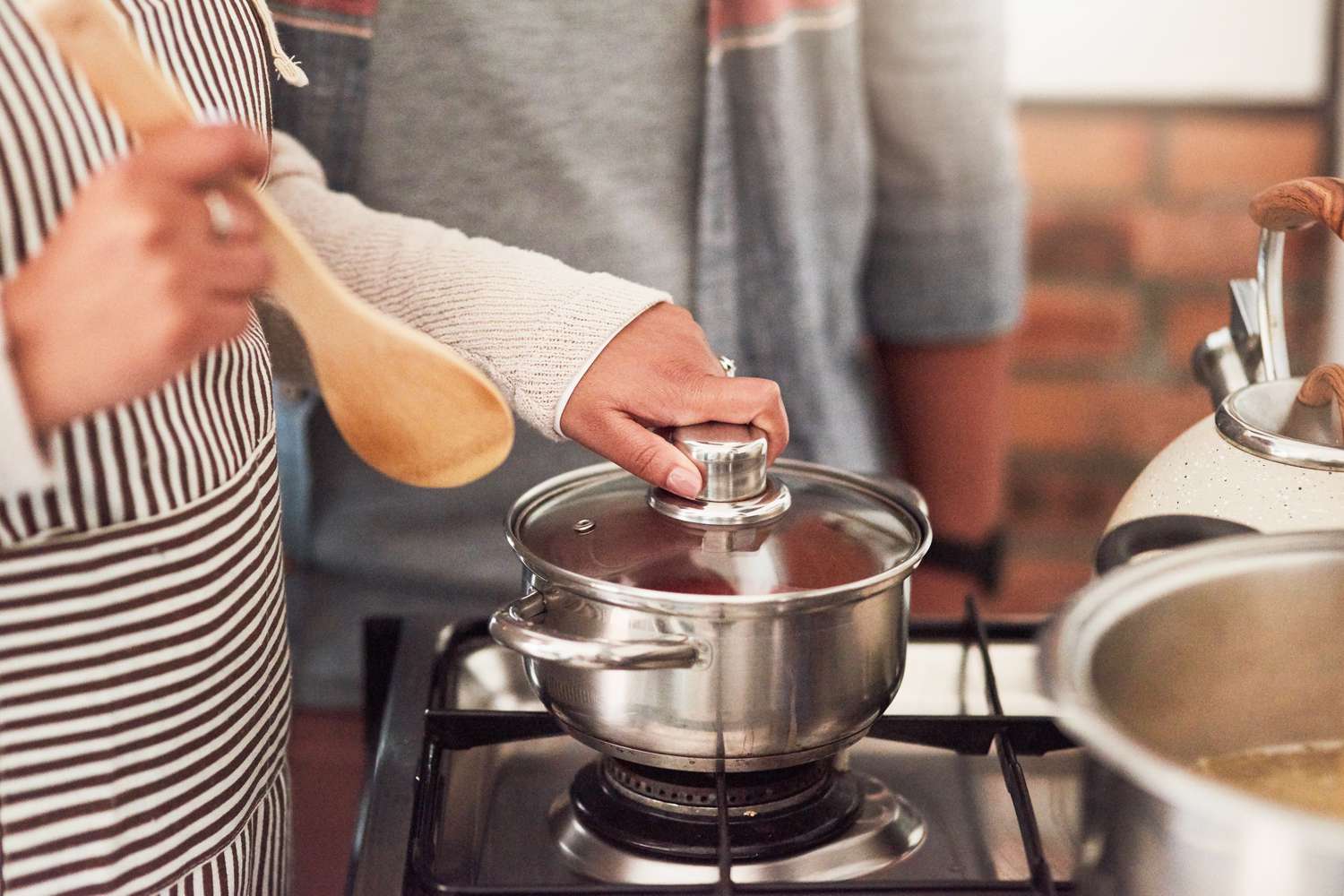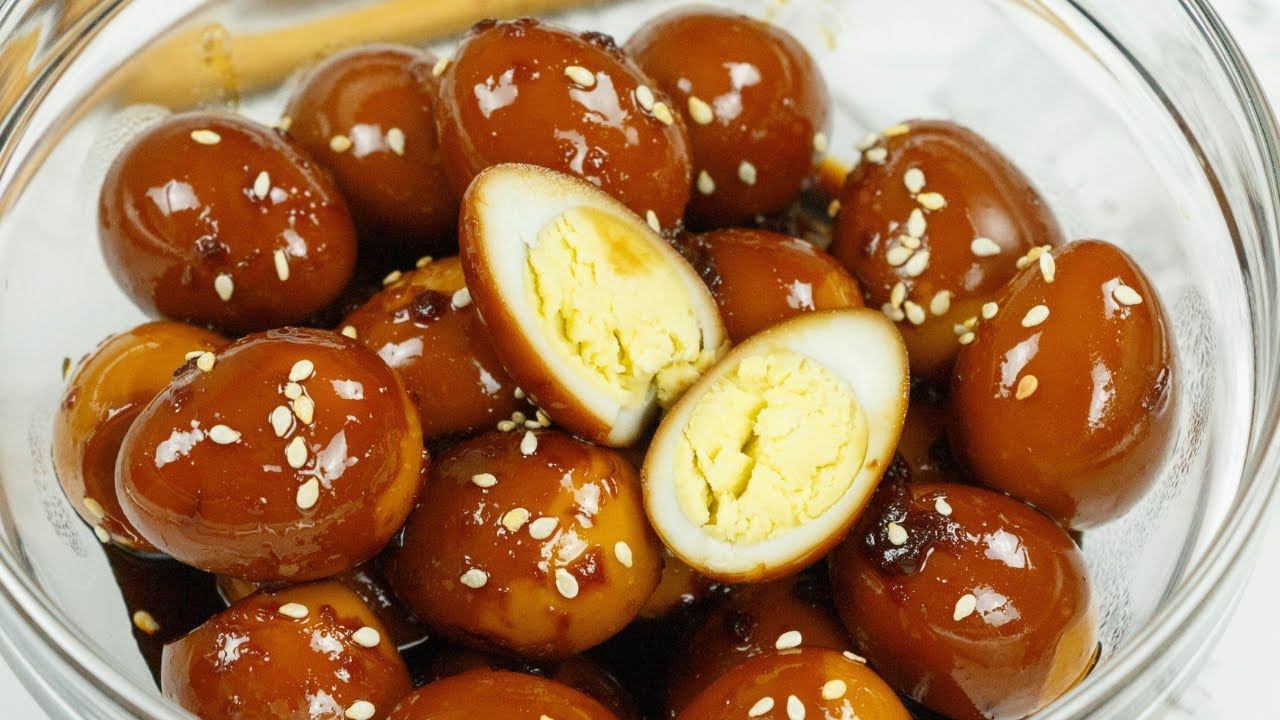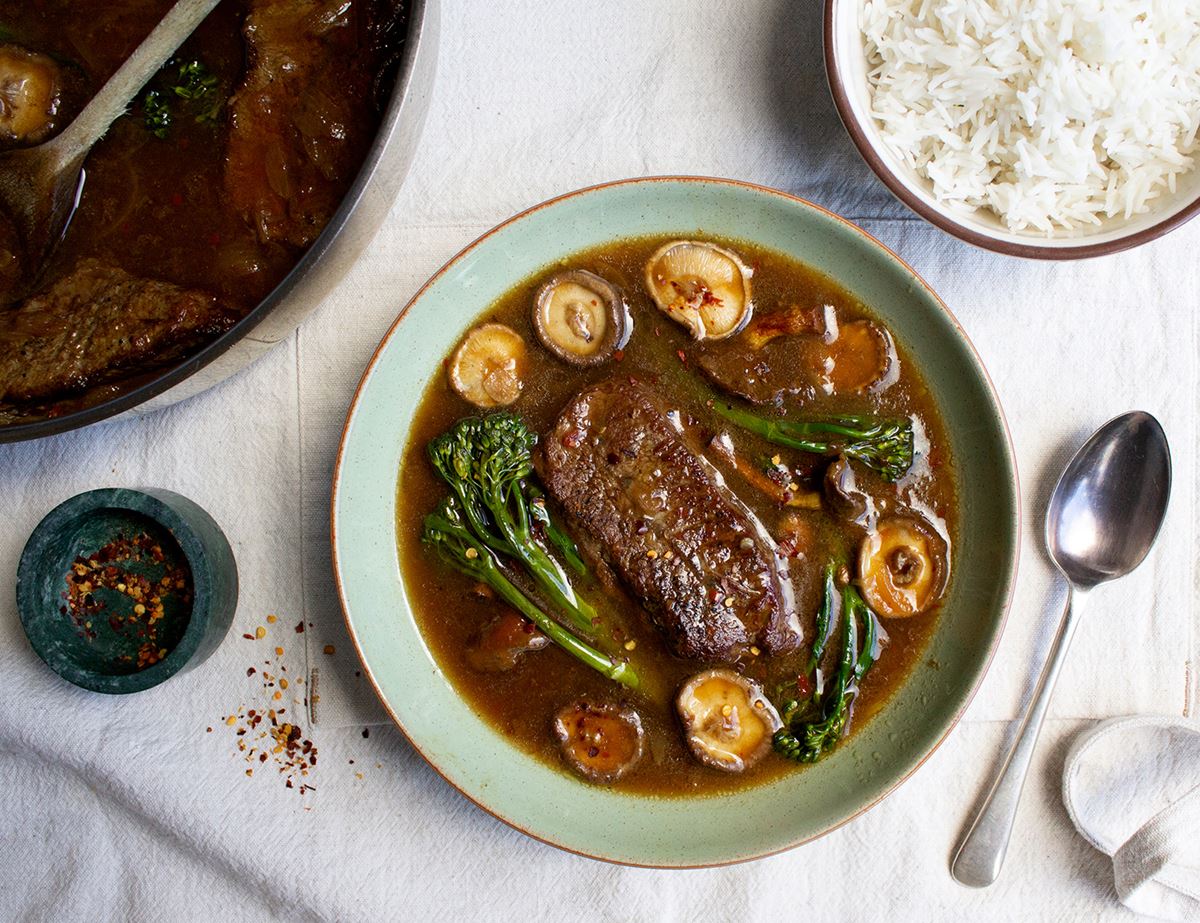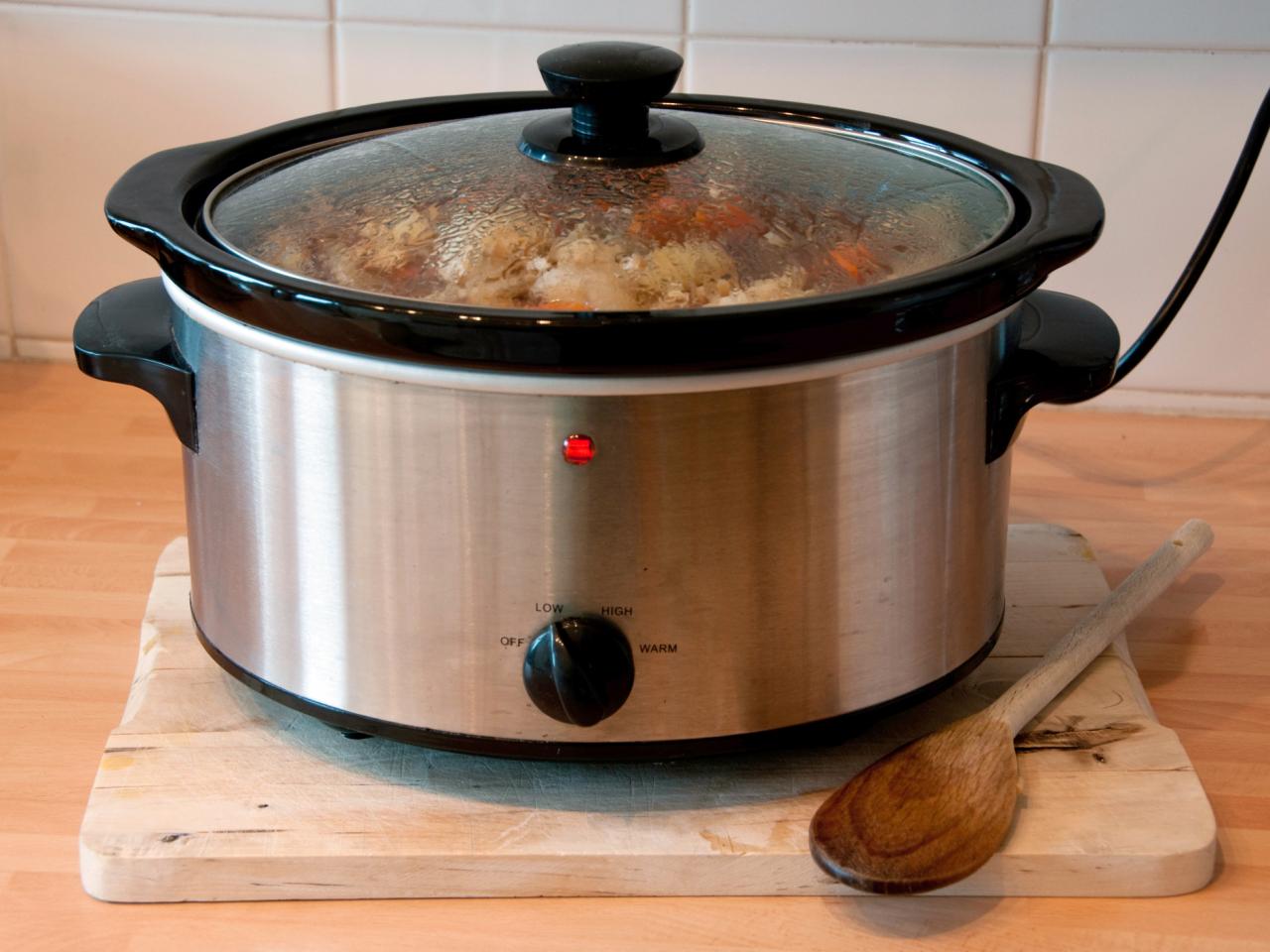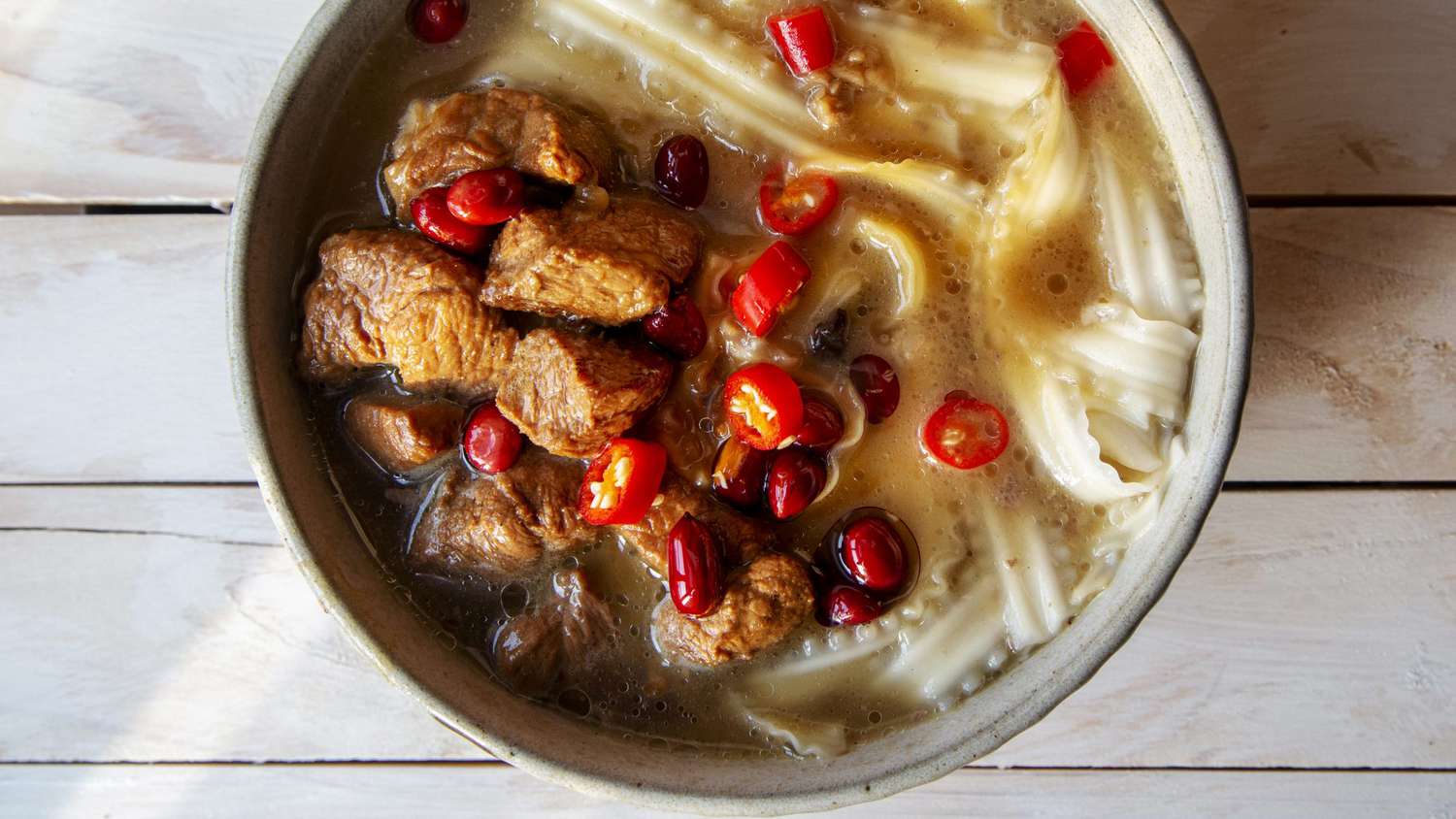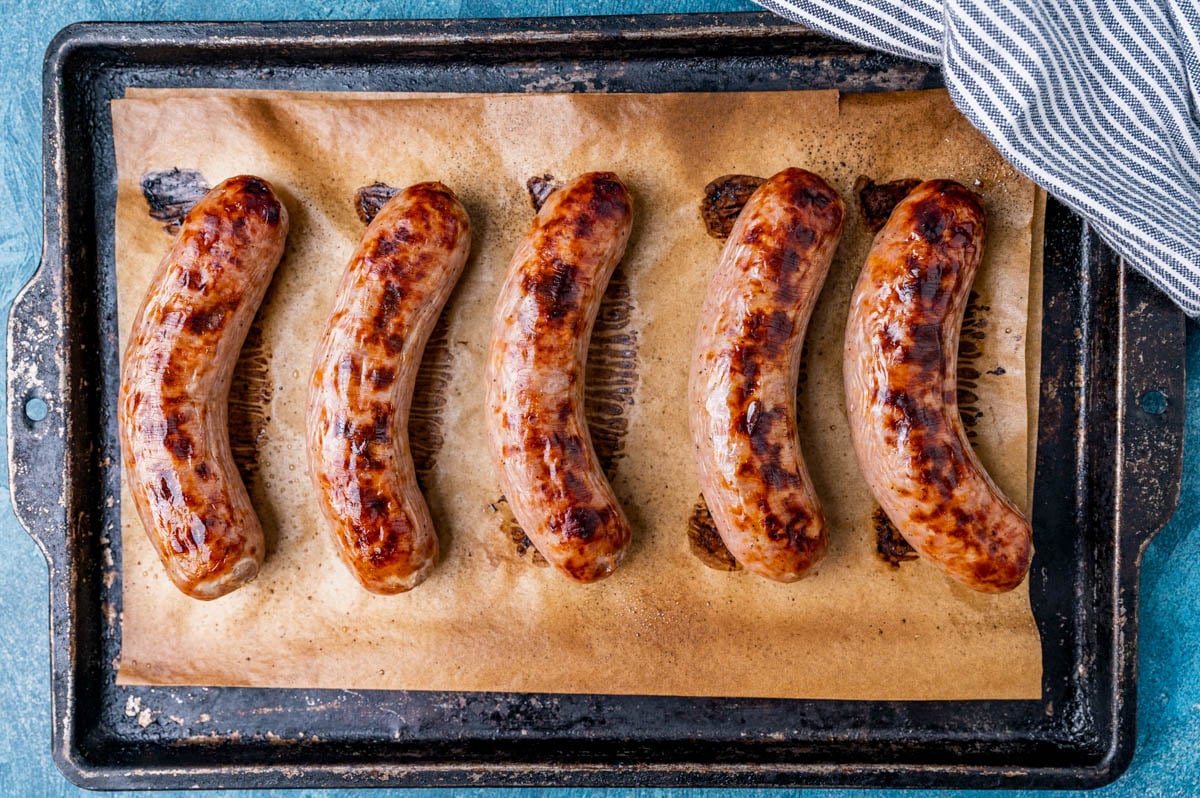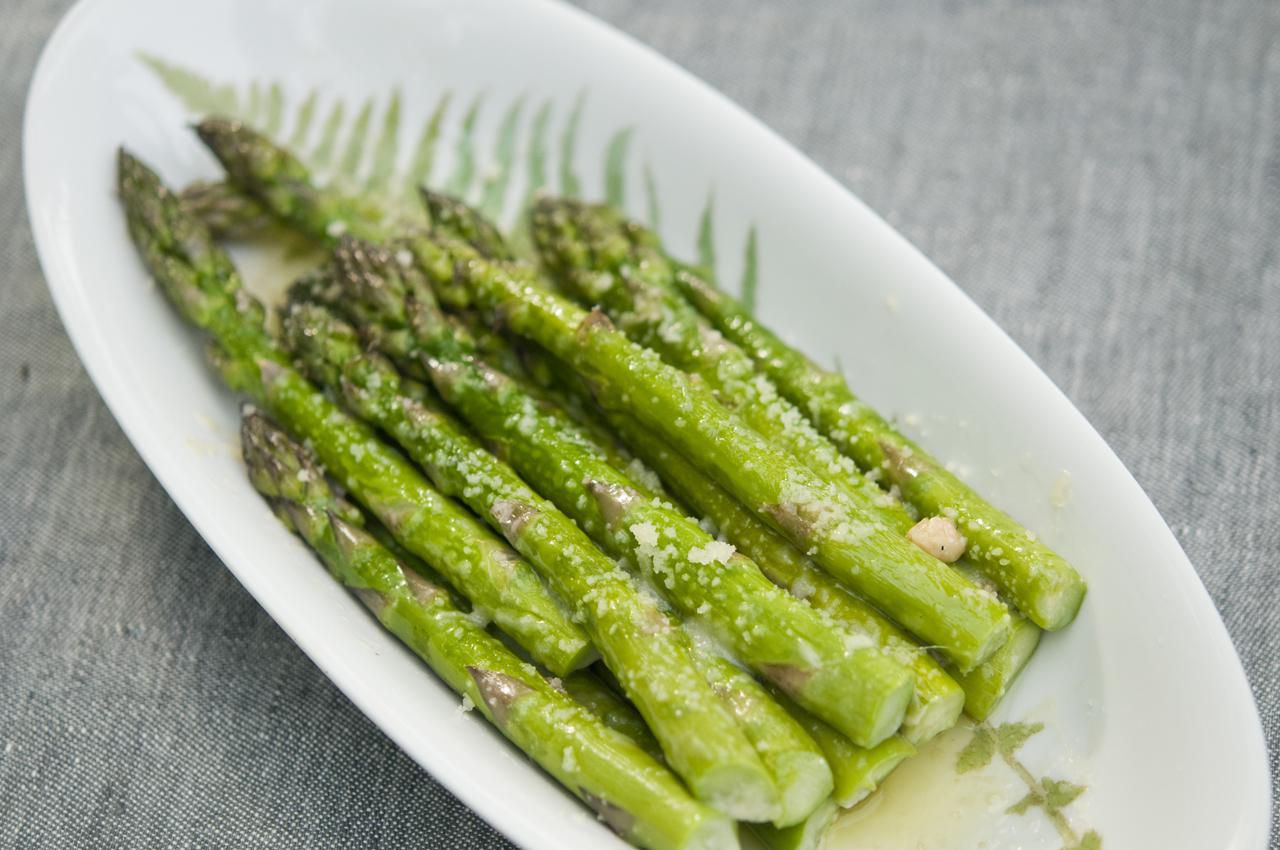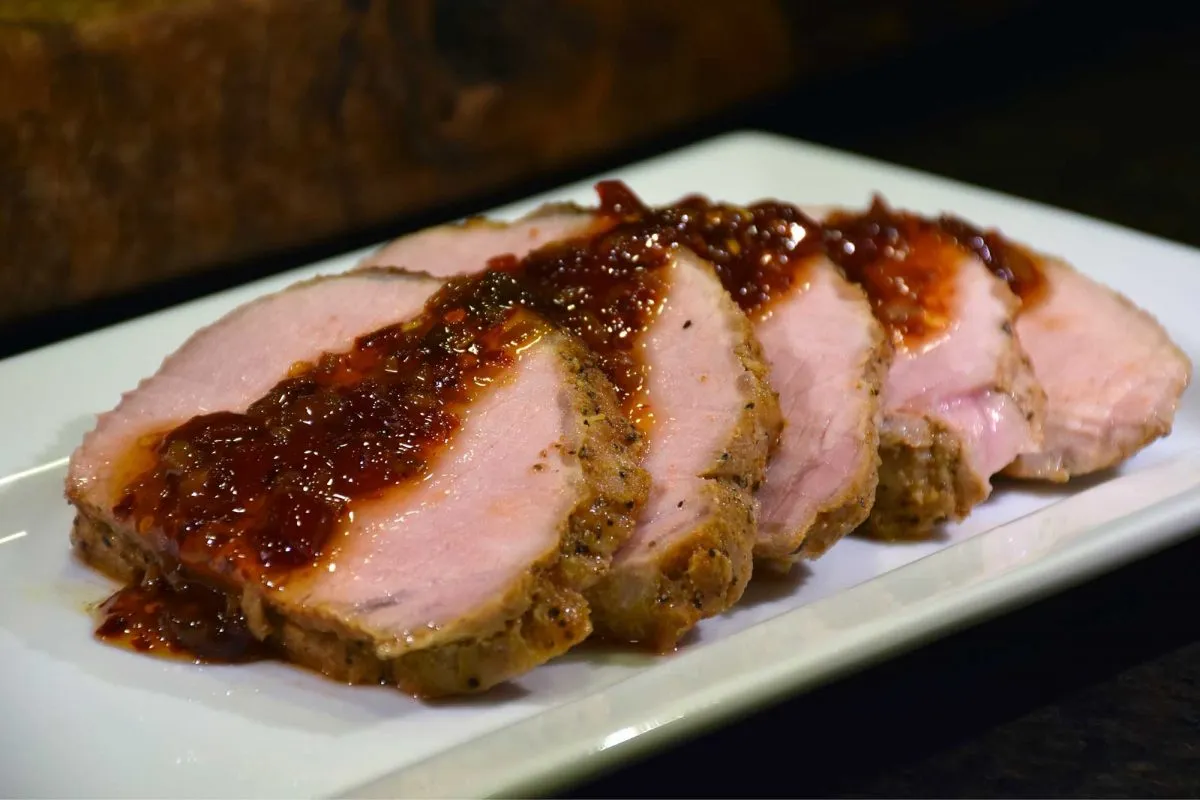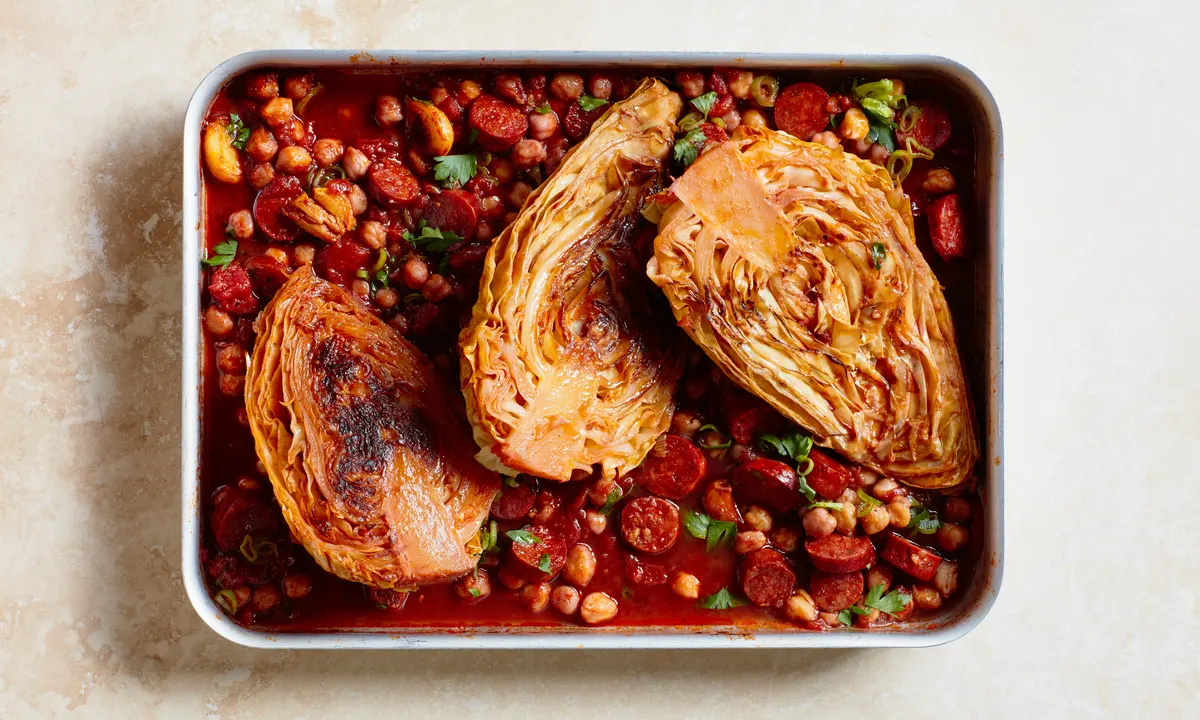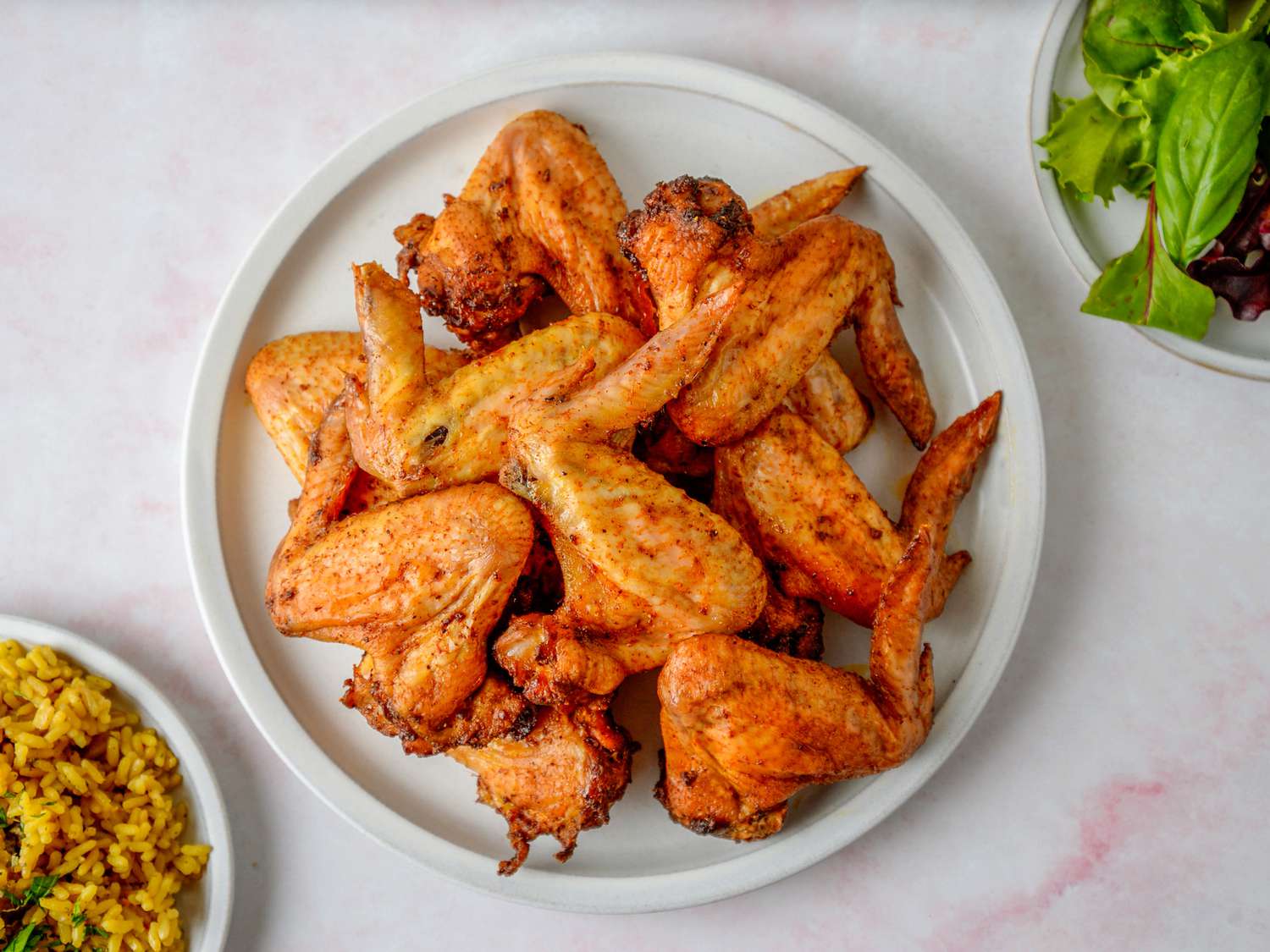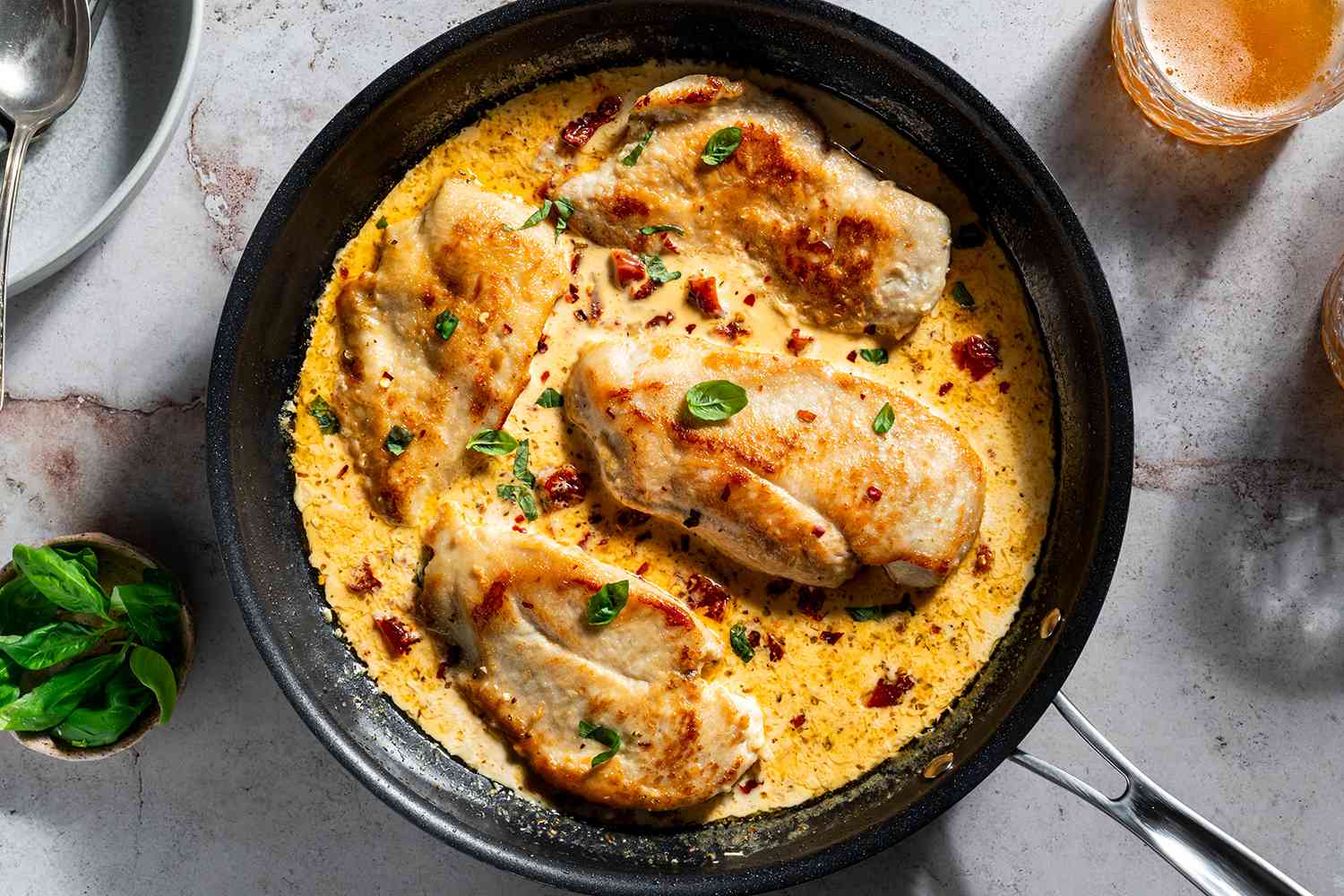Discover the Art of Braising Vegetables
Welcome to the flavorful world of braising vegetables! Braising is a cooking technique that involves browning food in fat, then simmering it in a small amount of liquid. This method is perfect for creating tender and delicious vegetables that are packed with rich, savory flavors. Whether you’re a seasoned home cook or just starting out in the kitchen, braising vegetables is a simple and versatile way to elevate your dishes.
Choosing the Right Vegetables
When it comes to braising, not all vegetables are created equal. Some vegetables are better suited for this cooking method than others. Root vegetables like carrots, parsnips, and turnips are excellent choices, as their sturdy texture holds up well to the braising process. Leafy greens such as kale, Swiss chard, and collard greens also braise beautifully, adding a delightful depth of flavor to the dish. Additionally, cruciferous vegetables like cauliflower and Brussels sprouts can be transformed into tender, melt-in-your-mouth delights through braising.
Preparing the Vegetables
Before you start braising, it’s essential to properly prepare your vegetables. Begin by washing and trimming the vegetables as needed. For root vegetables, consider cutting them into uniform pieces to ensure even cooking. Leafy greens can be roughly chopped or torn into manageable pieces, while cruciferous vegetables may be halved or quartered, depending on their size. By taking the time to prep your vegetables thoughtfully, you’ll set the stage for a successful braising experience.
Mastering the Braising Process
Now that your vegetables are prepped and ready to go, it’s time to dive into the braising process. Here’s a simple step-by-step guide to help you achieve vegetable braising perfection:
- Heat a small amount of oil or fat in a heavy-bottomed pot or Dutch oven over medium-high heat.
- Add the prepared vegetables to the pot, allowing them to brown and caramelize slightly.
- Once the vegetables have developed some color, pour in a flavorful liquid such as vegetable broth, wine, or a combination of both. The liquid should partially cover the vegetables.
- Bring the liquid to a gentle simmer, then reduce the heat to low and cover the pot with a lid.
- Allow the vegetables to braise for the specified time, checking periodically to ensure that the liquid hasn’t evaporated completely. Add more liquid if needed.
- When the vegetables are tender and infused with the delicious braising liquid, they are ready to be enjoyed!
Enhancing Flavor with Aromatics and Herbs
To take your braised vegetables to the next level, consider incorporating aromatic ingredients and fresh herbs into the braising liquid. Garlic, onions, and shallots can add depth and complexity to the dish, while herbs like thyme, rosemary, and bay leaves contribute a delightful fragrance and flavor. Feel free to experiment with different combinations of aromatics and herbs to create a braising liquid that suits your taste preferences.
Pairing and Serving Braised Vegetables
Braised vegetables are incredibly versatile and can complement a wide range of dishes. They make a fantastic side dish for roasted meats, poultry, or fish, and can also be served alongside grains such as rice, quinoa, or couscous. For a complete vegetarian meal, consider incorporating braised vegetables into pasta dishes, grain bowls, or hearty salads. The tender, succulent nature of braised vegetables makes them a delightful addition to any meal.
Experimenting with Flavors and Variations
Once you’ve mastered the basics of braising vegetables, don’t be afraid to get creative and experiment with different flavors and variations. Whether you choose to incorporate spices, citrus zest, or a splash of vinegar into the braising liquid, the possibilities for customization are endless. Embrace the opportunity to tailor your braised vegetables to suit your personal taste and culinary vision.
Now that you’ve unlocked the art of braising vegetables, it’s time to roll up your sleeves and get cooking! With a bit of practice and a touch of creativity, you’ll be well on your way to creating delectable braised vegetable dishes that will delight your taste buds and impress your family and friends.
